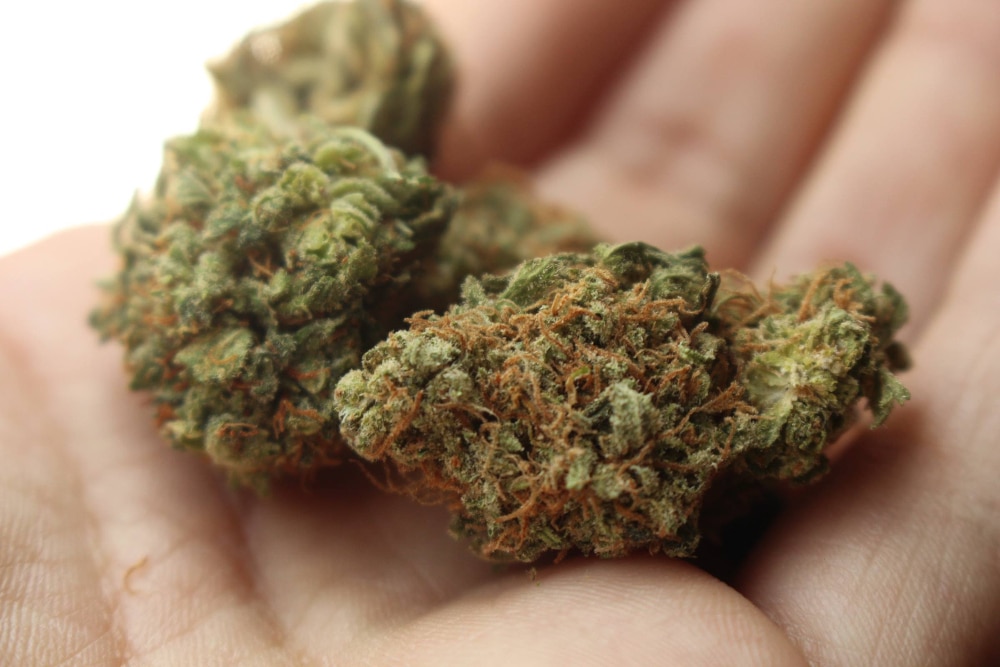No Impact of Cannabis Use on Inhibition Control or Attentional Bias

A surprising new study was released last week by a team of researchers in the Department of Psychology at the University of Liverpool in the UK. They compared the results of functional near-infrared spectroscopy (fNIRS) on the brains of recreational cannabis users and non-users, and found nothing.
fNIRS beams infrared light into the brain to measure changes in oxygen use caused by the firing of neurons. It is a safe, non-invasive technique for mapping brain function for studying motor skills and cognitive patterns. fNIRS is used to monitor exercise for professional athletes and also in the diagnosis of brain impairments such as stroke and dementia.
The team at the University of Liverpool tested a total of 60 volunteers, 30 cannabis users and 30 non-users aged 18-30. There were no significant sex or age differences between the two groups. Subjects had “no history of psychiatric, neurological or substance use disorders, and no current use of psychoactive medication.”
fNIRS usually involves wearing a skull cap while performing tasks. In this study, participants had to perform three tasks:
Go/No-Go (GNG), an inhibitory control task. Participants are asked to respond (Go) to horizontal images and not respond (No-Go) to vertical images. The trial was done 160 times, and the score is based on the number of errors.
Stop-Signal Task (SST), an inhibitory control task. This is a Go/No-Go task with a twist. If the participant sees the Stop Signal after they have seen a Go sign, the task measures how quickly they hit the Stop Signal. The score is based on the reaction time in milliseconds.
Cannabis Stroop Task (CST), to measure attentional bias. A Stroop test is one that asks the subject to correctly identify the color of a word, even when the word itself contradicts. For example, you are asked to hit a button every time you see a red word, and up pops the word “black” in a red font. The test is used to measure the ability to control attention.
How did the 60 participants fare in the University of Liverpool fNIRS study? Here’s a pretty blunt assessment:
There were no statistically significant differences in oxyHb or deoxyHb average concentrations between cannabis users and controls at any of the channels assessed during Go/No-Go task performance over the entire task epoch and the first 50 seconds of data.
That is the same as the results for the SST test and the CST: no statistically significant differences at any point, for any test. “Furthermore, there was no significant effect of total lifetime dose, age of onset or current frequency of use on behavioural or neural responses,” write the researchers in an article published this month in the Journal of Psychopharmacology.
The researchers noted that this result “[contradicts] previous research showing poorer performance among heavy or dependent users.” They suggest that any attentional bias previously recorded may only be for “heavy or dependent cannabis use” and not for recreational use.
This study seems to affirm other studies that show a significant difference between casual cannabis use and addiction. At the recreational level, the use of cannabis appears to cause no significant difference in the performance on tests meant to measure executive control, attentional bias, and inhibitory control. That should be welcome news for recreational marijuana users.
Written by Steve O’Keefe. First published October 5, 2025.
Sources:
“No differences in neural responses or performance during cannabis cue-specific inhibitory control tasks between recreational cannabis users and non-users: Insights from fNIRS,” Journal of Psychopharmacology, October 2, 2025.
“Functional Near-infrared Spectroscopy (fNIRS) of Brain Function During Active Balancing Using a Video Game System,” Gait & Posture, November 9, 2011.
Image courtesy of PIX4FREE, used under public domain license.




